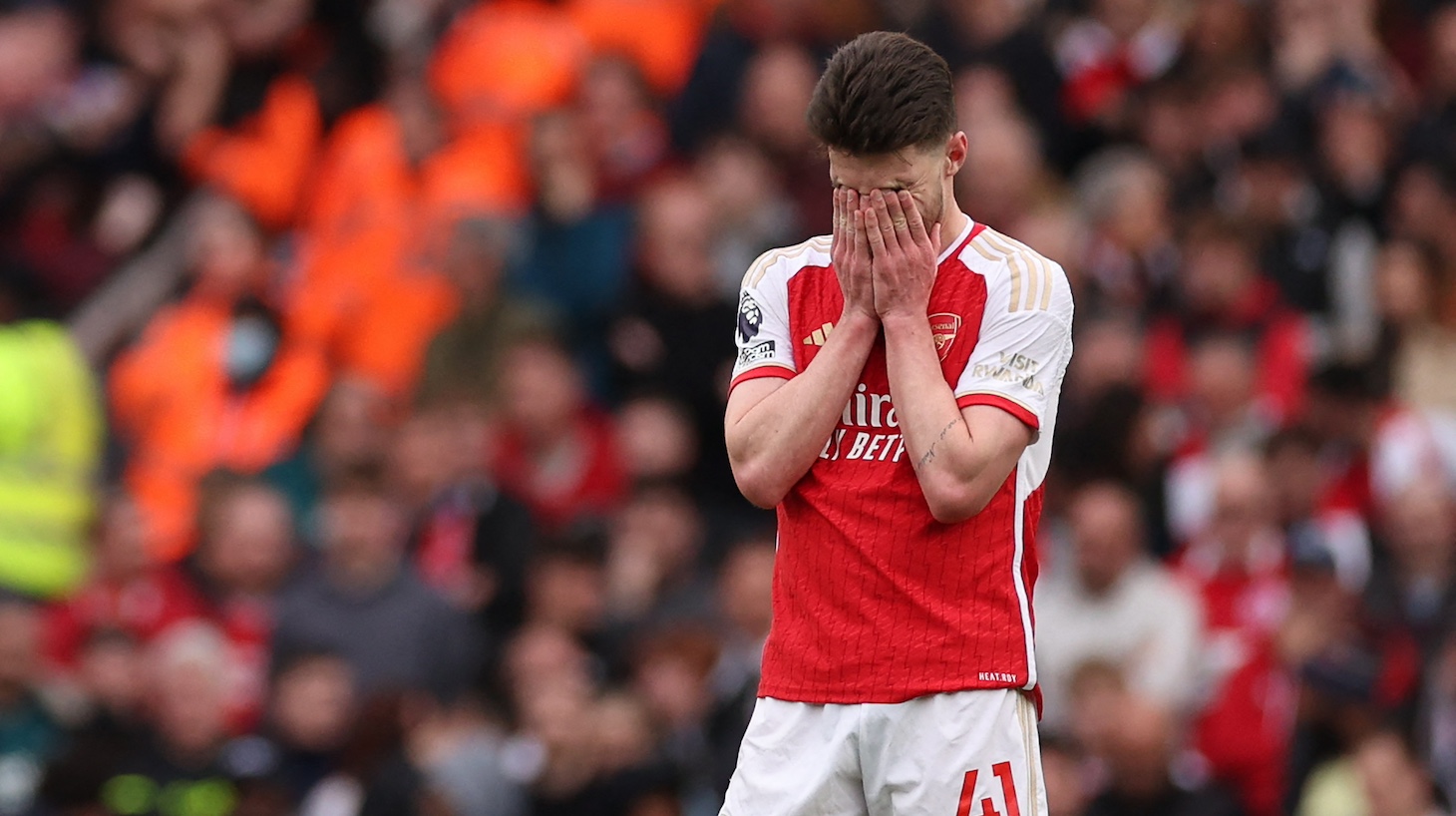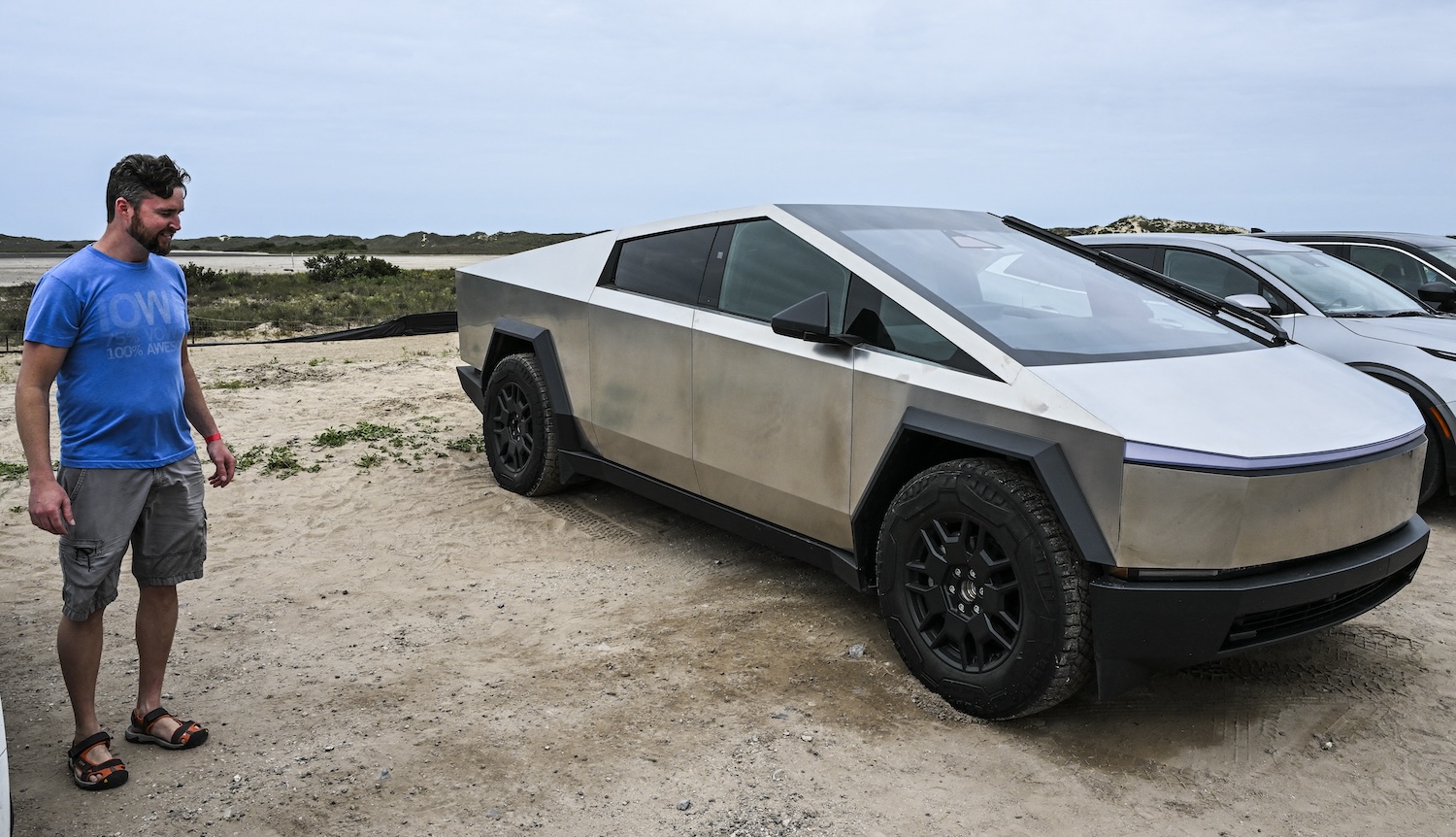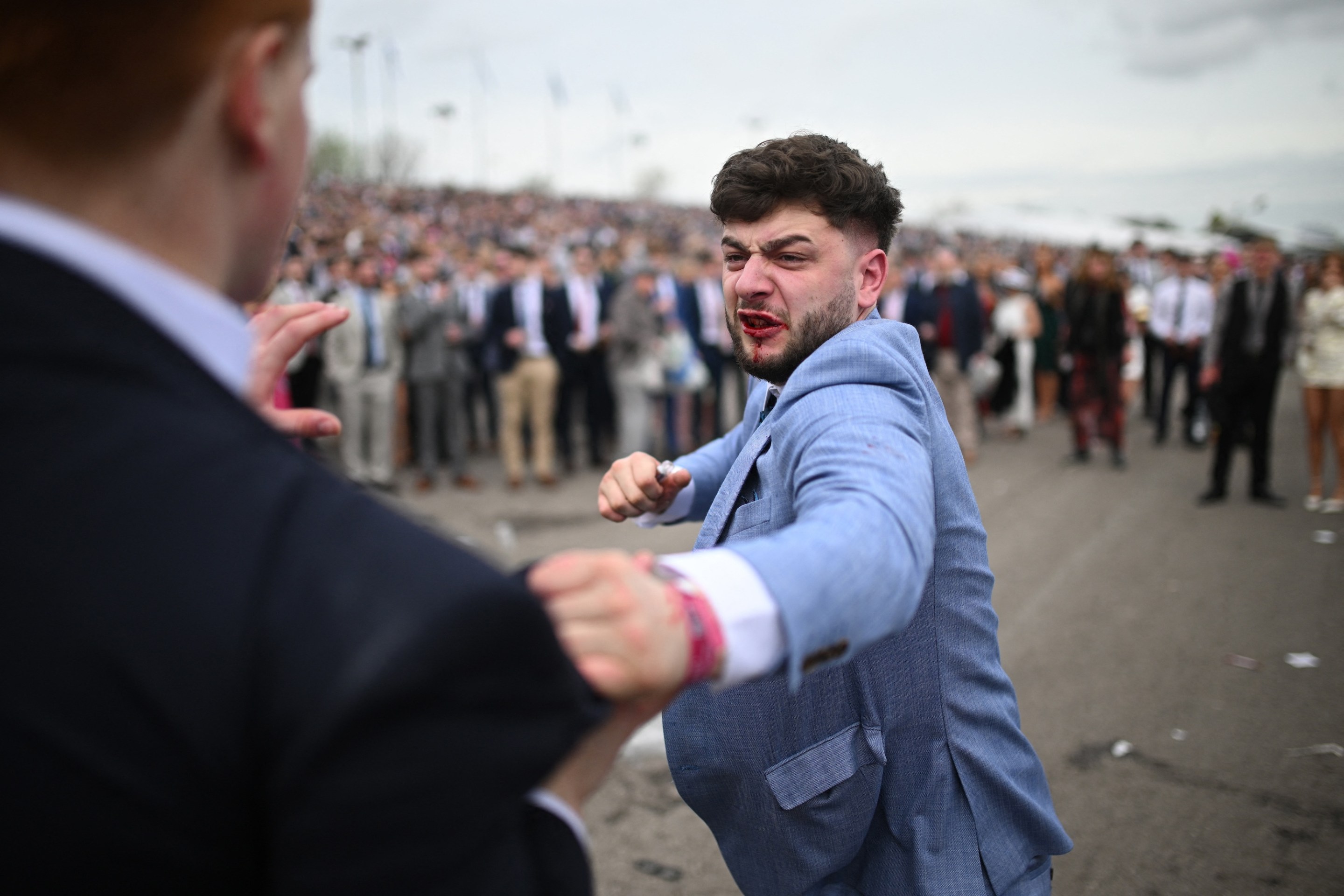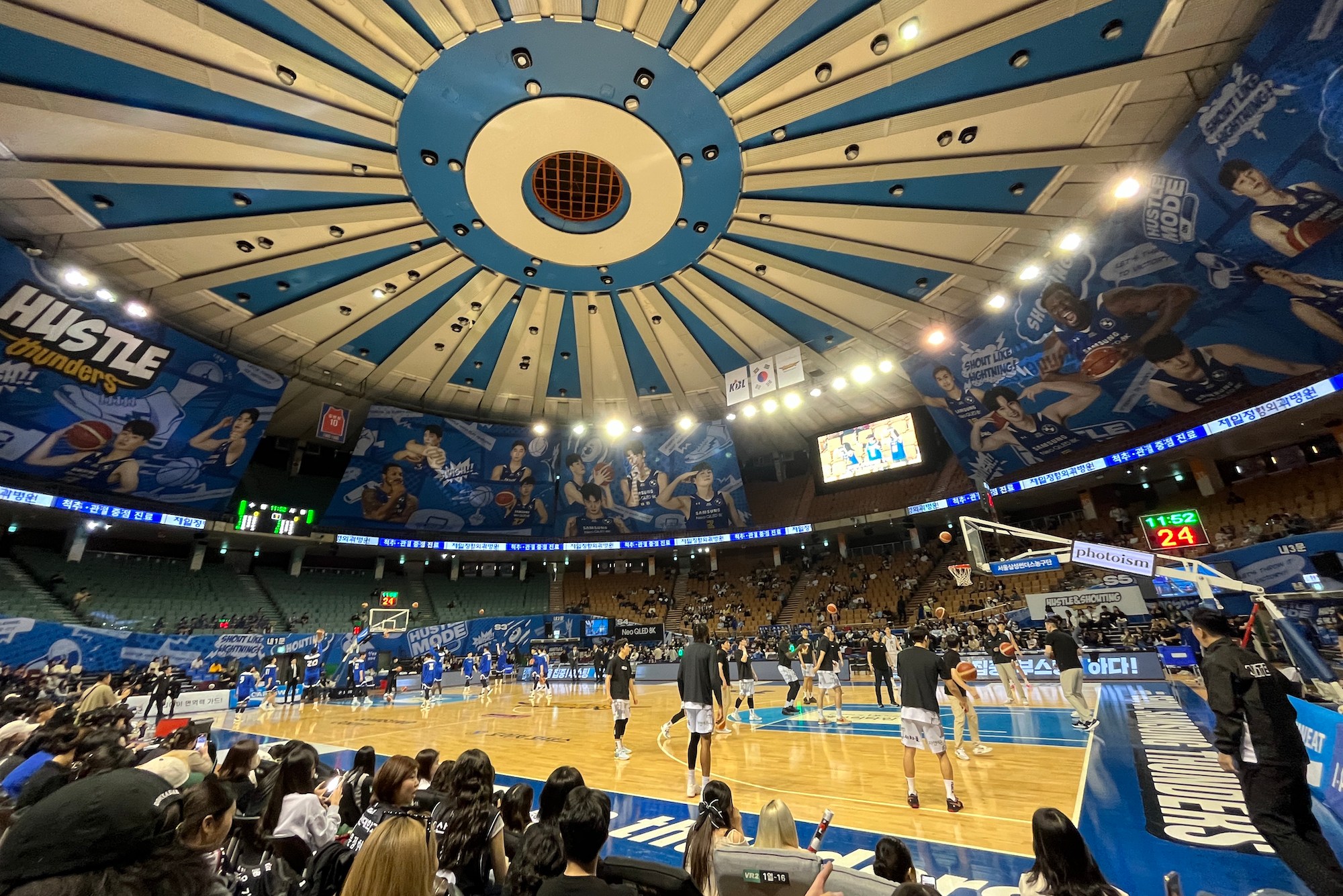
Welcome to What Is This USMNT Guy’s Deal, a regular series in which Defector selects a name from the myriad number of exciting young American soccer men playing in Europe and answers the question: What is this USMNT guy’s deal?
The United States men's national team is going to the World Cup. The last time the U.S. qualified for the tournament, some of the best players on this current team hadn't even hit puberty yet. On the other end, half of the players on that Brazil-bound plane in 2014 are now retired, and only one veteran of 2014 is on the current 2022 roster. The team's turnover from veteran-heavy group to the current iteration, where 23-year-old Christian Pulisic passes for an experienced leader, was obviously accelerated by the infamous qualification failure of 2017, a shameful result that spoke to the lack of quality in the post-Clint Dempsey, pre-Pulisic generation. What we have now is a group of incredibly exciting young players, a handful of mid-20s MLS veterans, and also I guess DeAndre Yedlin.
While the talent of the younger group is undeniable—as if someone of Tyler Adams's quality was really going to sit on the bench because Darlington Nagbe's experience mattered—it does take a certain tolerance of risk to fully commit to a bunch of 21-year-olds over what can feel like the relative safety of MLS veterans. The man under whom the program got dramatically younger and meaningfully turned the corner, is Gregg Berhalter, whose deal is the matter at hand today.
Who Does He Play For?
Berhalter played professionally for 18 years, spending almost all of that time in Europe. He went to two World Cups with the USMNT, their most and least successful tournaments, before starting his coaching career in Sweden. A long, successful spell with the Columbus Crew earned him the job of redeeming and rebuilding the USMNT.
While he has won two continental tournaments and qualified for the 2022 World Cup, it is worth dwelling for a bit on his early run as USMNT head coach. Berhalter's pre-COVID-19 era lineups, at the 2019 Gold Cup and a series of friendlies on either side of that tournament, were mostly stocked with MLS guys simply because that was who was in the national team picture at that time. He experimented heavily in the first year of his reign, trying a weird hybrid right back setup, losing friendlies to teams like Jamaica and Venezuela, and generating a lot of toothless possession. Things were not in a great place heading into 2020.
And then things started to change. For the American program, the 2020 season was defined by a wave of young players going to Europe and finding success there. By the time international play started back up in late 2020, Berhalter began fielding significantly younger lineups. Gradually, an identity started to emerge, and though results followed, the process was rocky. The U.S.'s win in the Nations League obscures how godawful the team looked along the way. All three of their goals in the final came on set pieces.
The Mexico win, however, typified Berhalter's best trait as a coach and the factor that makes him so well suited to the role of national team coach: his guys all played hard as hell and clearly relished the specific job of winning a tournament in a U.S. shirt. Because national teams play so infrequently, and do so with such varying rosters, it can be difficult to truly cement a coherent identity upon a team. For all of Berhalter's tactical shortcomings, everyone in this version of the USMNT clearly enjoys playing for the team and playing hard for each other. We can see this most cleanly when dual nationals talk about why they wound up picking the USMNT. Both Sergiño Dest and Yunus Musah cited the team's camaraderie and good vibes when explaining why they chose to spurn the Netherlands and England, respectively, for the USMNT. That makes sense given that the majority of the team is 24 or younger, and comes in without the weight of the 2017 failure around their necks. Still, that tone has to come from somewhere, and it seems like something of a Berhalter special. From Leander Schaerlaeckens at the Ringer:
In the latter stages of former USMNT head coach Jürgen Klinsmann’s tenure, many players didn’t enjoy coming to camp, several sources told me. Klinsmann, they said, preferred a tense environment, believing that players and staff needed to be on edge to produce their best performances. Berhalter wanted training camp to be fun again, a time that players looked forward to.
The Ringer
Given how few games a national team plays, creating a good atmosphere probably matters more than it does in a club scenario. So at least in that sense Berhalter has done a great job.
The Weston McKennie Mamma Mia Test
The Weston McKennie Mamma Mia Test refers to the following foolproof heuristic for determining whether or not a U.S. player is actually good or just good by our rosy American standards: Do fans tweet lovingly about them in their local language?
Tänk att Berhalter nu är förbundskapten för amerikanska herrlandslaget. O Tony G aasisterande fk hos USAs damer. Då kan de surra bajen när de ses på förbundsträffarna. Om de ens vill minnas sin tid hos oss. 😎
— Pernilla Olsson (@pillyol) December 2, 2018
How Does He Play?
Berhalter's the manager now and he used to be a central defender.
Wonderteen Index
The Wonderteen Index is a holistic, objective metric that analyzes a player’s full array of skills and talents, distilling it all into a single number that corresponds to their ultimate potential and the likelihood that they will assume the title of Wonderteen.
Gregg Berhalter is the manager and will be 49 when the World Cup starts, so sadly he gets a 0 out of 2,046.
However, in his time as manager, he has trusted many actual teenagers (and for that matter, many recently former teenagers) with significant roles. Let us consider the best example of this trust from the World Cup qualification cycle. The USMNT qualified for the World Cup on the final day of play, though the most pivotal game in the cycle was probably the road win in Honduras. The USMNT trailed 1–0 at the half to the worst team in CONCACAF, yet they scooped up all three points thanks to a stunning second-half comeback. That comeback was sparked by Ricardo Pepi, who scored one and assisted another, on his USMNT debut. Even as thin as the USMNT striker pool is, it takes real bravery to trust an 18-year-old making his first-team debut in such a big moment.
Can He Play Right Back?
The U.S.’s European corps is absolutely silly with right backs, enough to stock a full XI. And so it is important to determine whether or not the USMNT guy of the week can play the position.
He's the manager, but Berhalter played as a defender, and his first big innovation as coach was to do some weird (ultimately ineffective) stuff with the right back, so yeah, this is a man who respects the right back position and could even play there in a pinch.
Show To Me A Cool Highlight
I turn now to the oeuvre of Chris Russell.
Gregg Berhalter vs. Mexico pic.twitter.com/HsvAum1H8g
— watke russell (@watke_) November 15, 2021
Berhalter one-armed behind the back pic.twitter.com/MSD93GV4YN
— watke russell (@watke_) October 8, 2021
Overall really impressed by Berhalter pic.twitter.com/8LuGKEJDCo
— watke russell (@watke_) June 7, 2021
Berhalter’s least necessary behind-the-back bounce pass? pic.twitter.com/CC1j5tz19H
— watke russell (@watke_) February 2, 2022
banGGGers only pic.twitter.com/m5Q18c4oNR
— USMNT: Qualified. (@USMNT) January 20, 2022
How Does He Fit In With The U.S. Team?
He's the manager.
Berhalter's period of experimentation ended at the start of World Cup qualifying, and he established a real identity for the USMNT. They set up in a 4-3-3, with both fullbacks tasked with consistently getting forward and building attacks through the flanks. Because there are only three of them and because the fullbacks are tasked with so much, the midfield has to do a lot of work in Berhalter's setup. This is why personnel matters so much for the USMNT. The best national teams have deep player pools that allow them to maintain an identity and style across many different iterations, whereas managers of lesser teams often have to mold the team's tactical setup to the specific strengths of one or two players. The USMNT is not in that former group yet, though they are trending in the right direction. The U.S. has three midfielders with impressive work rates and ball-progressing skills in Tyler Adams, Yunus Musah, and Weston McKennie. The Americans are at their best with these three in the middle of the field doing the work of four men and allowing Antonee Robinson and Sergiño Dest the freedom to ping crosses in or, in Dest's case, add more nutty moves to his highlight reel.
Since this young U.S. team has only really found its stride while competing against CONCACAF opposition, the big question is how will this setup will fare against better teams. I don't know if it's smart to ask Dest to defend lots of open space, or if Adams can still consistently put out fires against, say, England's attacking corps. The World Cup will probably demand a degree of strategic flexibility that Berhalter hasn't really given fans any reason to expect. He is somewhat slow to adapt, though he at least will have buy-in from the players if he needs to, say, shuffle Gio Reyna back into the midfield or put someone like Tim Weah out of position as a striker. He has more options than any USMNT manager that came before him, but more options means he has a more complicated job.
Something else to consider here is balance. Reyna and Christian Pulisic are the team's two best players, and are best when they can get on the ball as much as possible. Will that really be doable if they're reliant on lesser creators getting the ball to them against world-class teams? Should the striker spot go to the biggest lunk instead of a constructor so the U.S. can go all-in on set pieces like the teams of yore? Do Joe Scally, Josh Sargent, or John Brooks get spots on the plane to Qatar or will Berhalter keep relying on the same guys? He has a lot to figure out, but thanks to the bizarre winter World Cup, also a lot of time to do so.
How Close Is He To The Hypothetical Best XI?
He's the manager.
If you liked this blog, please share it! Your referrals help Defector reach new readers, and those new readers always get a few free blogs before encountering our paywall.
Staff Writer
Stay in touch
Sign up for our free newsletter




